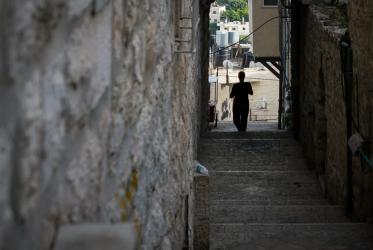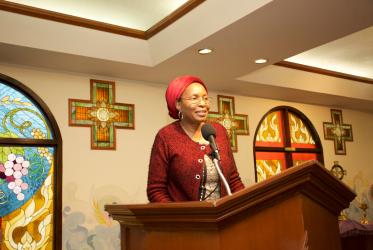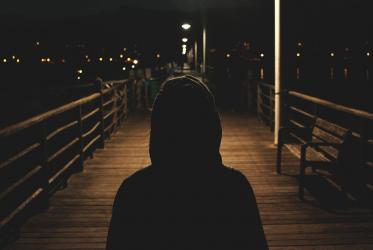Passion for football is not unanimous in Brazil. Although the world seems to be convinced of the contrary, Brazilians have a wide range of feelings towards the sport.
For some people, football is a true passion. Since the early years of their lives, football is everywhere. They live with it in school; they watch it on television and in public parks. For many, football even seems to be the favorite topic of conversation among friends.
But there are people among us who are indifferent towards football. And there are others who criticize the game severely. They are especially critical of fans' alleged refusal to acknowledge all the corruption that is involved in several institutional levels of organizations linked to this sport.
But the Chapecoense club seemed to have found the formula to unite these three groups of people. Even before the plane carrying their team crashed in Colombia’s Antioquia department on 29 November, the small team enjoyed major popularity in Brazil.
Several factors seem to have contributed to this popularity: the modest club's recent meteoric rise through the league tables; the close relationship between the players and the residents of Chapecó, a small municipality (for Brazilian standards, a city with 200,000 inhabitants is considered small); and the fact that the Federal State of Santa Catarina had never before left a strong mark in the history of Brazilian football.
It is impossible to say with certainty what is the exact reason for people's sympathy and admiration for Chapecoense. We’re only certain that it predates the accident in which the plane carrying the football team to Medellin, Colombia crashed. 71 died, including players, club employees and officials, journalists and crew members. There were only six survivors, three of them members of the Chapecoense team.
They were travelling to Medellin to play the final of the South American Cup, the second most important tournament of the continent. The reason for the tragedy is even harder to comprehend: lack of fuel.
On the day of the accident, Brazil woke up to the news and did not know how to react. Everywhere, people sought to understand how such a thing could be possible. One day, these players had been the pride of their families, the joy of the city, the star of the championship, the maverick who made it to the final game; the next day brought pain, sorrow and shock beyond words.
30 November was a deeply gray day for the tropical country. The whole world seemed to share the feeling. News, opinions and expressions of solidarity were all over the social media.
Almost all other Brazilian football teams have published expressions of solidarity in various ways, for example projecting green lights (Chapecoense’s team color) on their stadiums. Even beyond the Brazilian borders, tributes to the dead athletes preceded matches around the world.
Many teams decided to wear the Chapecoense team's crest in their upcoming matches. The club's crest has become a symbol of solidarity and fraternity. In addition to demonstrations of solidarity with those who suffered the sudden death of their beloved, other clubs started to promote initiatives such as the transfer of additional players in order to help rebuild the team from Santa Catarina which has inscribed its name in the history of the sport.
Thesolidarity displayed by the Colombian people, as passionate for football as many Brazilians, brings true hope. Atletico Nacional de Medellín, the team that was supposed to play the final against Chapecoense, organized a tribute in their stadium at the time scheduled for the game on 30 November and called upon their fans to come and pay tribute to the victims. The population of Medellín, a city historically marked by violence and drug trafficking, responded promptly.
In a huge wave of solidarity, fans brought banners with messages of support and thousands gathered in front of the gates of the already crowded stadium. The ceremony was both beautiful and sad, bringing tears to anyone's eyes.
Last Saturday, the bodies of the victims arrived in Chapecó, where relatives and city dwellers waited for their loved ones. During the farewell ceremony in the local stadium, the mixture of pain and hope of these days was palpable.
As soon as the tragedy was confirmed, Atletico Nacional had suggested that the South American Cup title should be awarded to Chapecoense. The South American Football Confederation confirmed this decision. Chapecoense is champion, not in the way we would have liked it to happen, but champion nonetheless.
These are days of pain in which we feel powerless in the face of human frailty and suffering. But these are also days of hope. Hope that is born, grows and is strengthened in concrete initiatives of solidarity.






